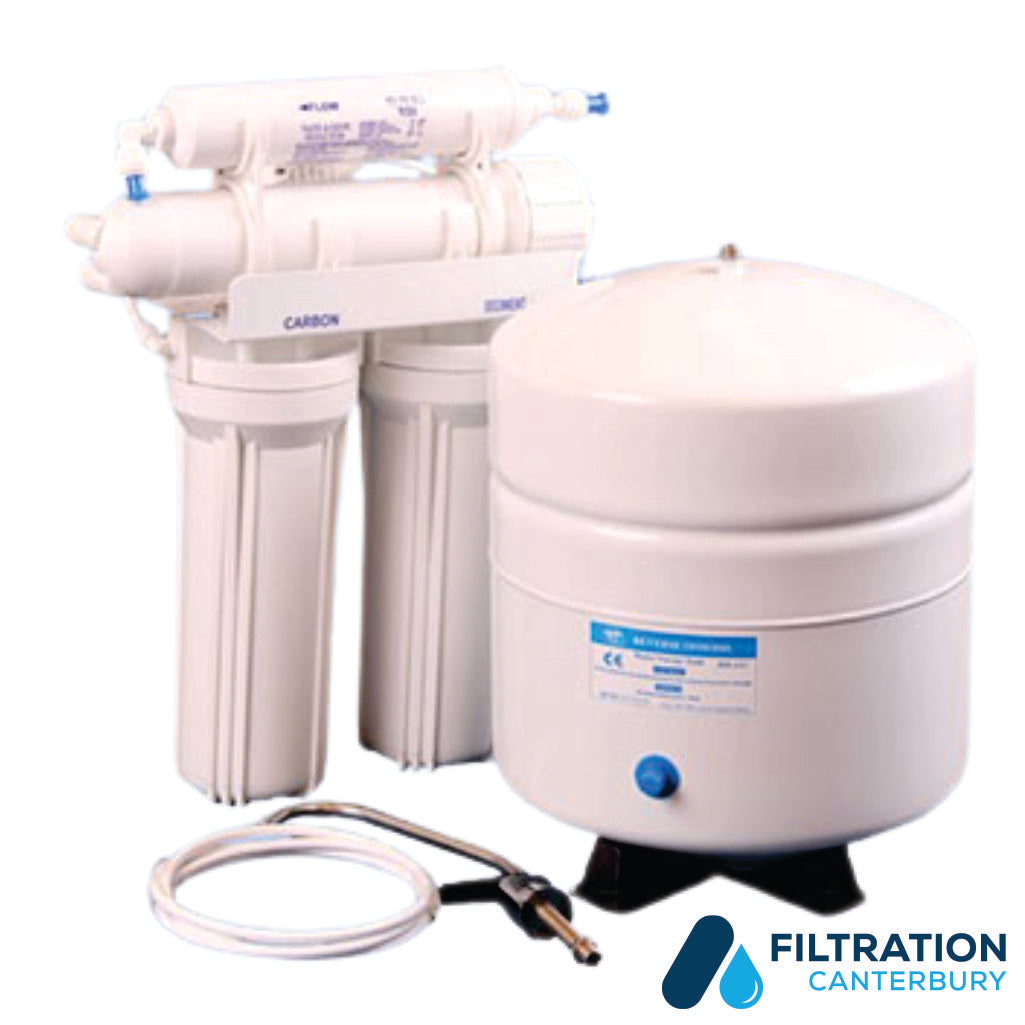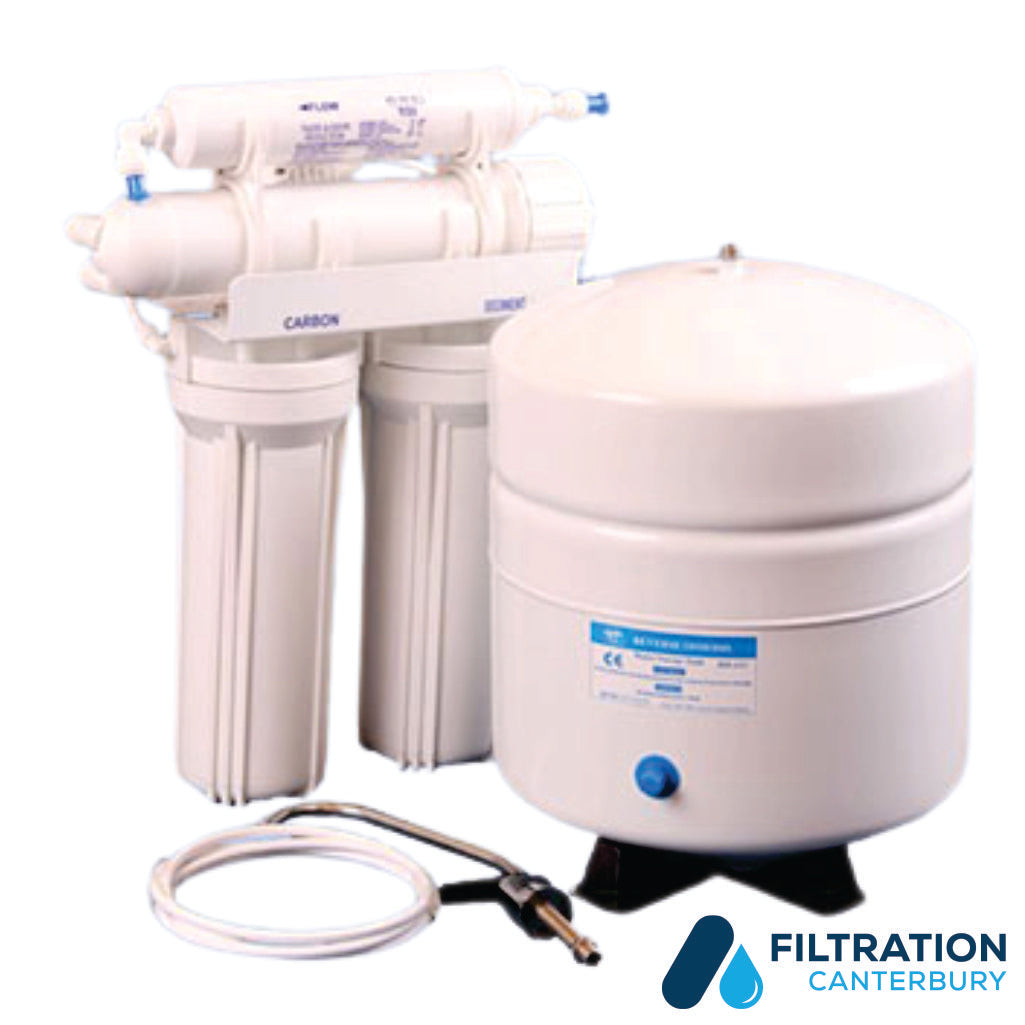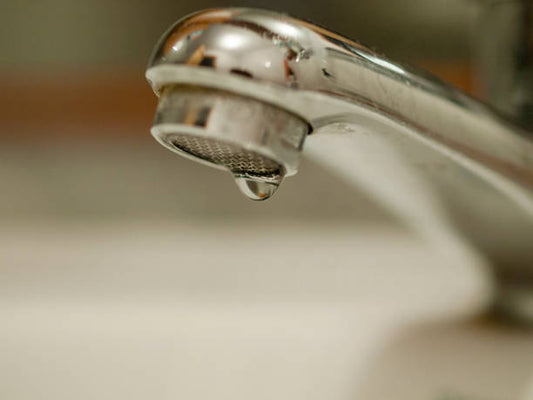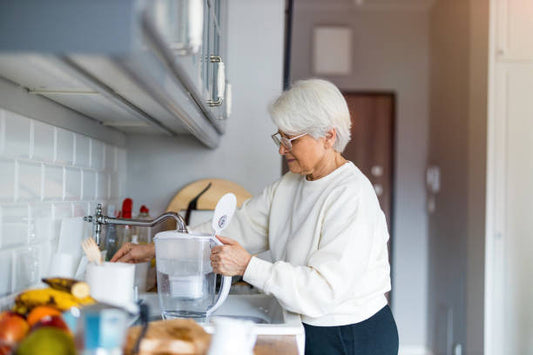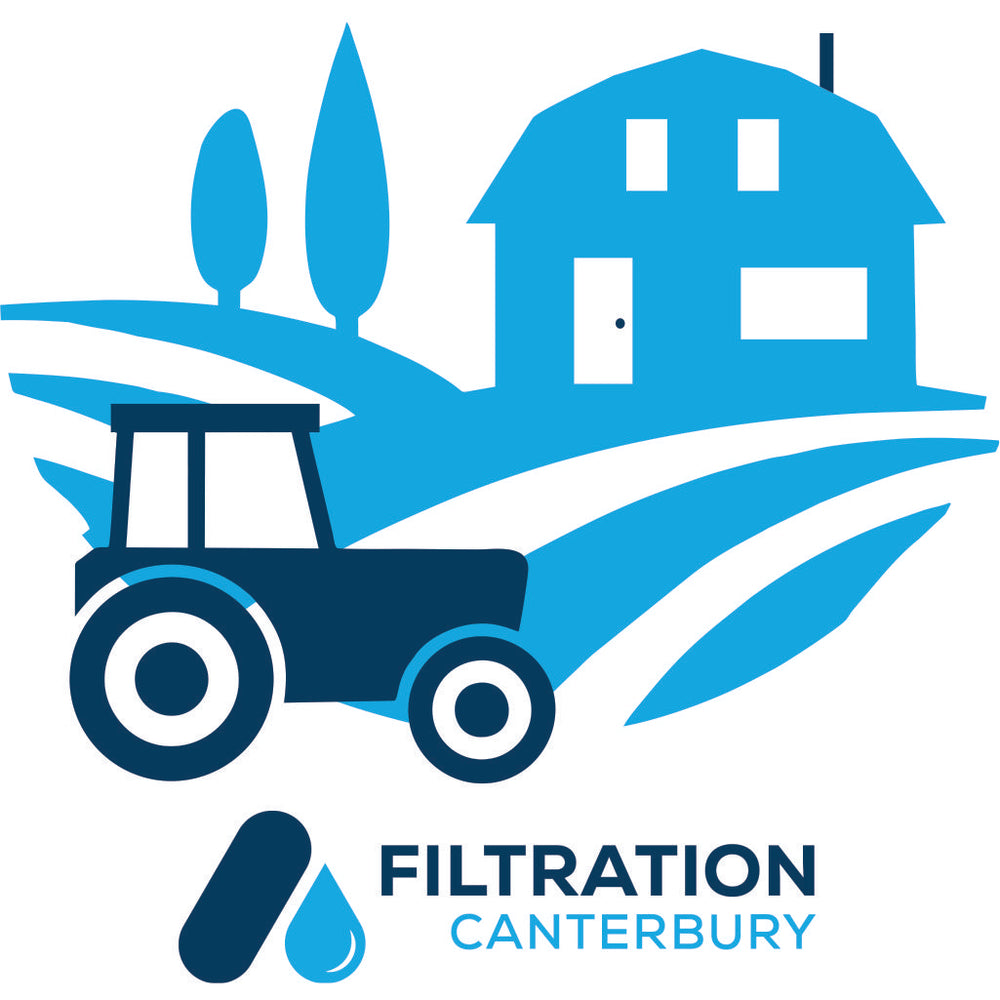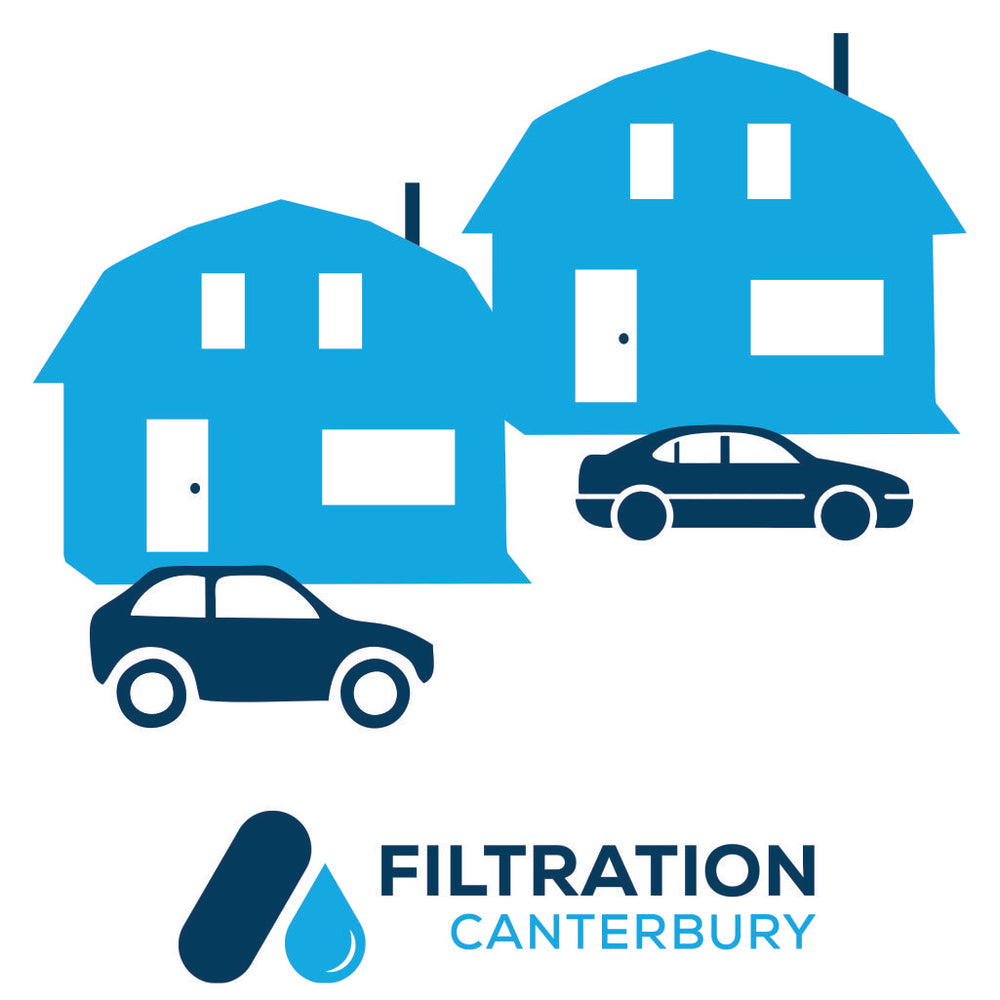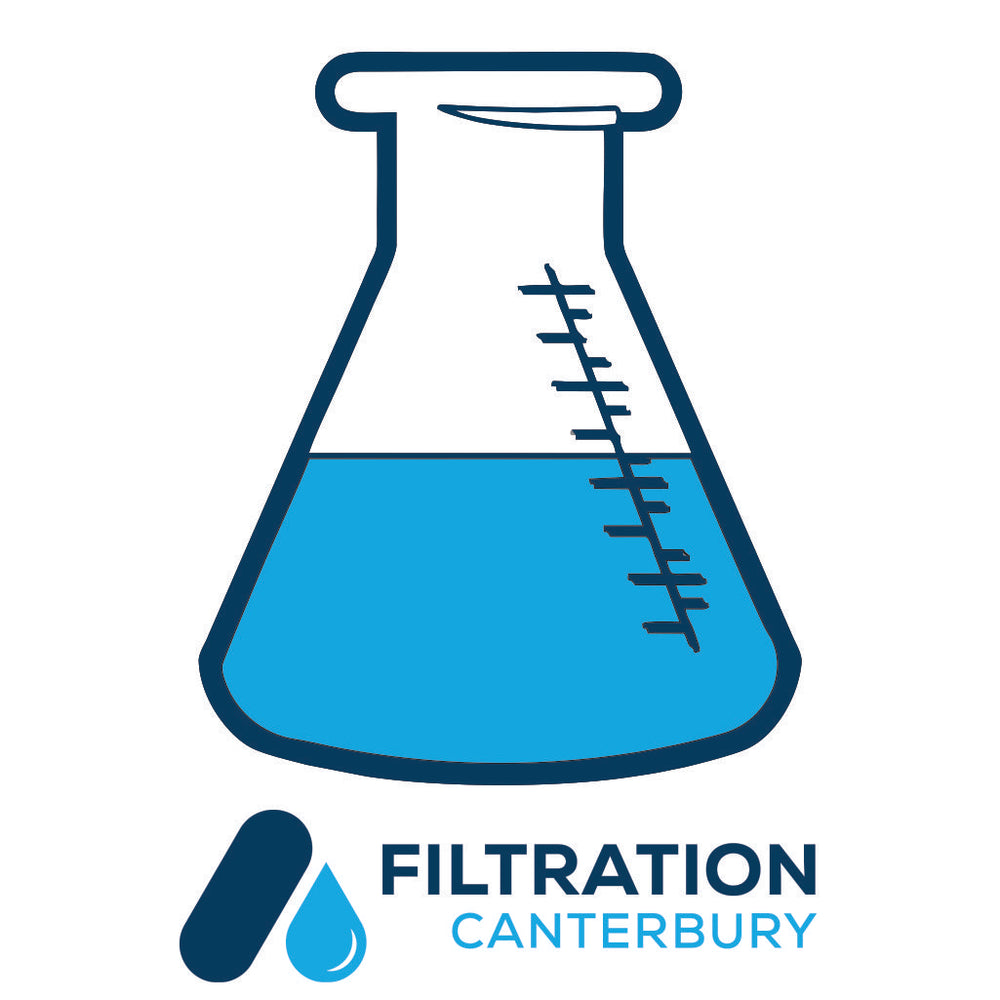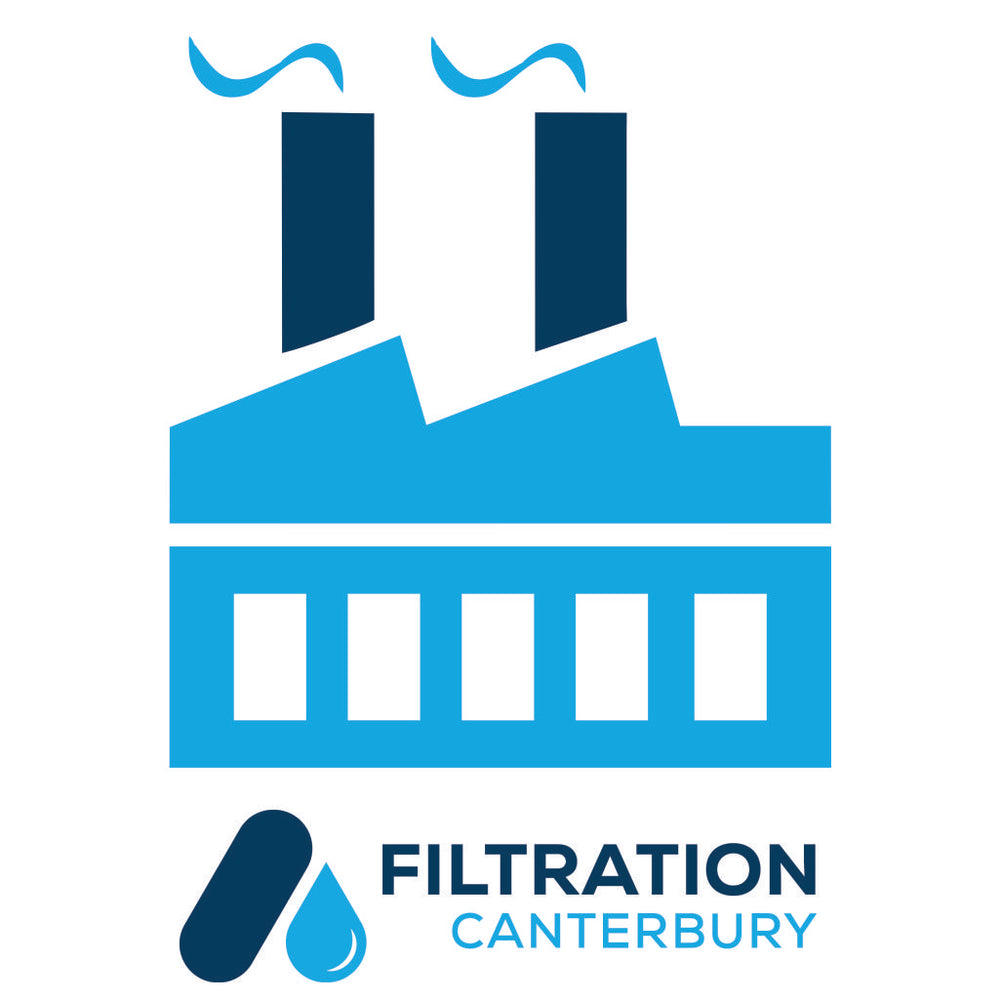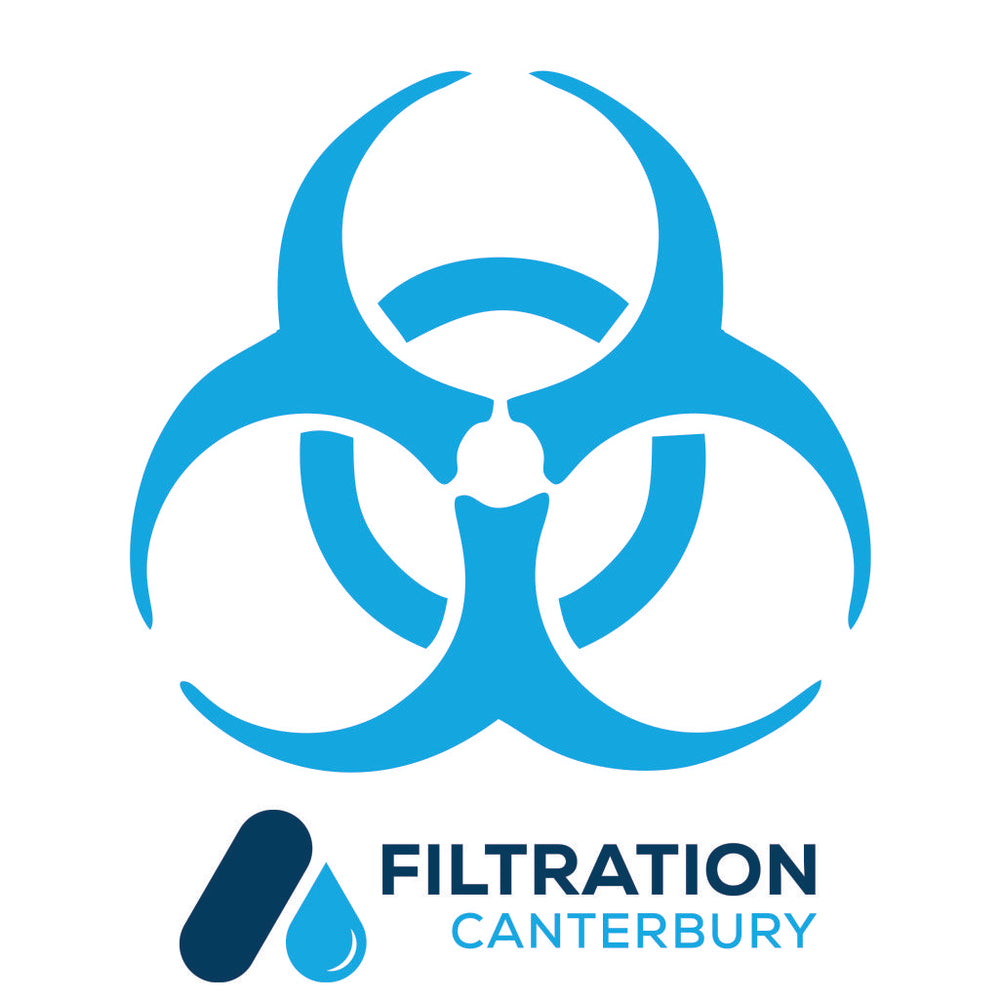Reverse Osmosis is the best filter to remove nitrates from your drinking water.
95% of nitrates will be eliminated by using this reverse osmosis filter.
If you are concerned about the quality of water?
Reverse Osmosis water filter unit provides Ultra-Pure water for those looking for the highest quality of filtered water.
This water filter unit removes Nitrates, Chlorine, Lead, Chromium, Barium, Cadmium, Viruses, and Pesticides from your tap water.
This four-stage filtration process consists of a Pre-filter Sediment Filter Carbon Filter the Reverse Osmosis Membrane filter, and a final Carbon filter to polish the water.
Small and large households on Town, Rural, Bore or Well water supply this water filter system suits all.
Easily Installed by a handyman in around 90 minutes.
Unit comes complete with the following:
- 4 Stage filtration system
- Water Faucet (Tap)
- Quick-Fit Connectors
- 1 x 5-micron particle reduction filter
- 1 x Carbon Filter
- 1 x Membrane filter
- 1 x Post Filtration Carbon Filter
- Water Reservoir
Is Reverse Osmosis the best water filter?
Reverse Osmosis water purifiers are the optimum system for removal of contaminants from water as they filter down to an ionic level of 0.001 microns. Not only are they very efficient at removing a wide range of chemicals, heavy metals, bad taste, and odour, but they will also remove some fluoride, bacteria and all the ‘dissolved solids’ from the water which normal water purifiers will not remove.
Typically bore water can contain around 120 to over 1000 parts per million (PPM) of dissolved solids. After passing a standard carbon-based water purifier the Total Dissolved Solids (TDS) reading will not have changed. After passing a reverse osmosis membrane the reading will drop around 95 to 98 %. Consequentially the texture of the water has a slightly smoother, silky feel to it compared with non reverse osmosis water.
How do Reverse Osmosis filters work?
- After passing at least one pre-filter to remove sediment the water passes through a Carbon filter then through a semi permeable membrane. The water pressure pushes the pure water through the membrane while the waste product is discharged to waste. The retentate stored into the water reservoir until ready to be used on demand.
Because the reverse osmosis membrane is slow to produce pure water (between 3 to 6 litres per hour depending on available water pressure) the system is normally installed under the sink and is linked to a storage tank (usually 10 to 12 litres capacity), which holds the pure water until required.
